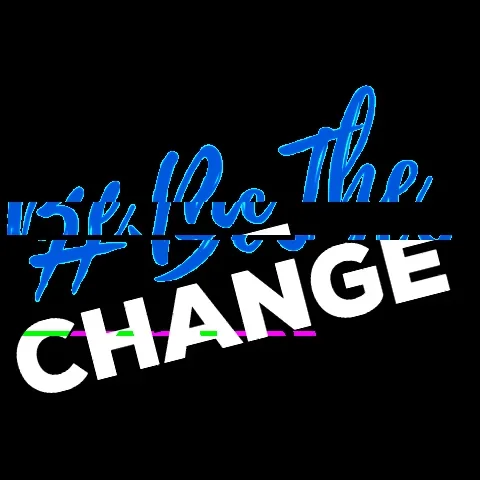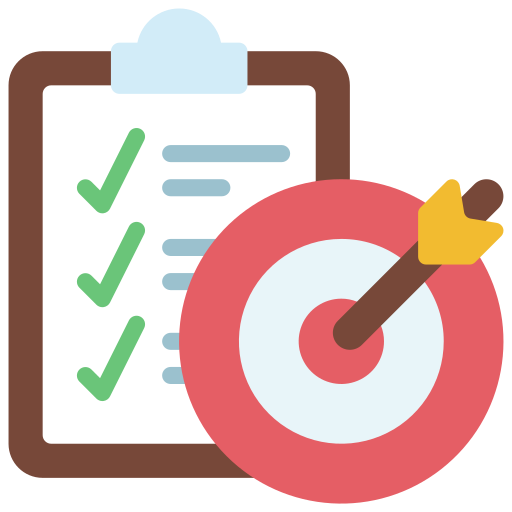How can you make those hashtags matter?

Imagine you established a community group that advocates for the environment. You want to reach more people and build awareness in your community — after all, you share the same resources.
How can you increase your advocacy's visibility, engage directly with a wider audience, all without needing a high budget?
Media advocacy is a great tool to raise awareness and drive change.
1. Understand Modern Media Advocacy
Media advocacy has come a long way from using traditional media (e.g., television, radio, and print) to shifting to digital media (social media, blog, podcast).
The world has seen the impact of social media campaigns, from posts to tweets to hashtags. People have been coming together for different causes, and it has proven effective for advocacy efforts in the digital age.
Watch the video below to see the importance of using different platforms, sending clear messages, and engaging with diverse people to drive meaningful impact.
You can consider these factors when choosing your media platform — whether traditional or digital:
targeting, reaching & engaging your audience
the cost of using the platform
how accessible the platform is
the impact your message might have on the platform
 Now, let's look into how you can set up a media campaign to further your community group's advocacy.
Now, let's look into how you can set up a media campaign to further your community group's advocacy.
2. Identify Your Advocacy Goals
Why do you want to engage in a media advocacy campaign?

You need to start with clear goals before setting up a media campaign. What do you want to accomplish?
Some of these may resonate with your goals:
Inform the audience with important facts.
Engage more with your members online.
Acquire more supporters and advocates.
Increase online donations.
Change or create new policies.
 Define a long-term goal and list down short-term goals that are SMART — specific, measurable, achievable, realistic and time-bound — to guide your work.
Define a long-term goal and list down short-term goals that are SMART — specific, measurable, achievable, realistic and time-bound — to guide your work.
Check out this worksheet for defining advocacy issues, goals, and objectives.
Quiz: SMART Goals for Media Advocacy
A local environmental group is supporting ocean health with its "Mission: Iconic Reefs" initiative, which aims to restore nearly 3 million square feet of Florida's coral reefs by 2040.
Which is a SMART media advocacy goal that can support this mission?
A. Create educational posts on Instagram and Facebook to achieve 10,000 views, 1,000 shares, and 200 comments about coral restoration.
B. Run a 3-month social media campaign targeting Florida residents to reach 10,000 people, achieve 20% engagement, and recruit 100 volunteers for coral restoration.
C. Partner with 10 Florida-based influencers to promote coral conservation efforts through posts and stories.
D. Host a virtual conservation event to discuss Florida Coral Reef restoration.
Quiz
Which is a SMART media advocacy goal supporting this mission?
3. Select Your Target Audience
Who do you want to reach with your media advocacy?

You should look out for the people who will create the impact and drive the change.
A campaign to save a local habitat can be perceived differently by people in the same community.
Is the campaign to educate the general public or inform policymakers? Is it for reaching out to volunteers who donate their time or for those who have the means to donate their money for a good cause?

By understanding your audience, you'll tailor your message to the right people who value the same cause and will support your media advocacy.
4. Create a Strong Message
What would make people listen and care about your cause?

A strong advocacy message should connect to people and inspire action.
You can include these in your message:
problem
solution
call to action
Use stories and engaging visuals to create an impactful and relatable message that will stick to people's mind.

Here is an example of an Instagram media caption from WWF International:
"Take two breaths... did you do it?
Now thank the ocean, because it produces half the oxygen you breathe — all day, every day!
It also absorbs heat and CO2 from the atmosphere. Really, it's working round the clock to keep our climate in balance.
But our ocean is in trouble. Since the 1970s, populations of oceanic sharks and rays have plummeted by over 70%.
It's vital we reduce the pressure from overfishing and climate change, protect habitats and reduce plastic pollution.
Share this post to give our ocean a voice!"
Quiz
In the Instagram caption above, which statement is the call to action?
5. Create a Media Team
You might be excited to immediately dive into creating materials — videos, blogs, content — that promote your advocacy.
But first, create a media advocacy team — or assign a person — that will be in charge of media campaigns. This will help you keep on track and avoid any role confusion.
 Photo by Annie Spratt on Unsplash
Photo by Annie Spratt on UnsplashThe team will:
Plan a media strategy.
Develop engaging and impactful materials.
Publish content across media channels.
Act as a bridge to people in other forms of media.
Make sure that the rest of the group is also aware of your media strategy and advocacy message.
Quiz
You’re running an environmental campaign and you want to spread your message to traditional media. What should your media team's main goal be?
Take Action
Media advocacy is an ongoing effort. Achieving your initial goals will create new ones. It is being flexible and consistent with the message that you want to share.
 Now is the perfect time to get started!
Now is the perfect time to get started!
Your feedback matters to us.
This Byte helped me better understand the topic.
